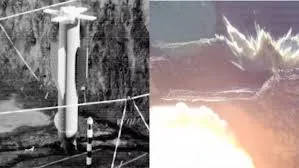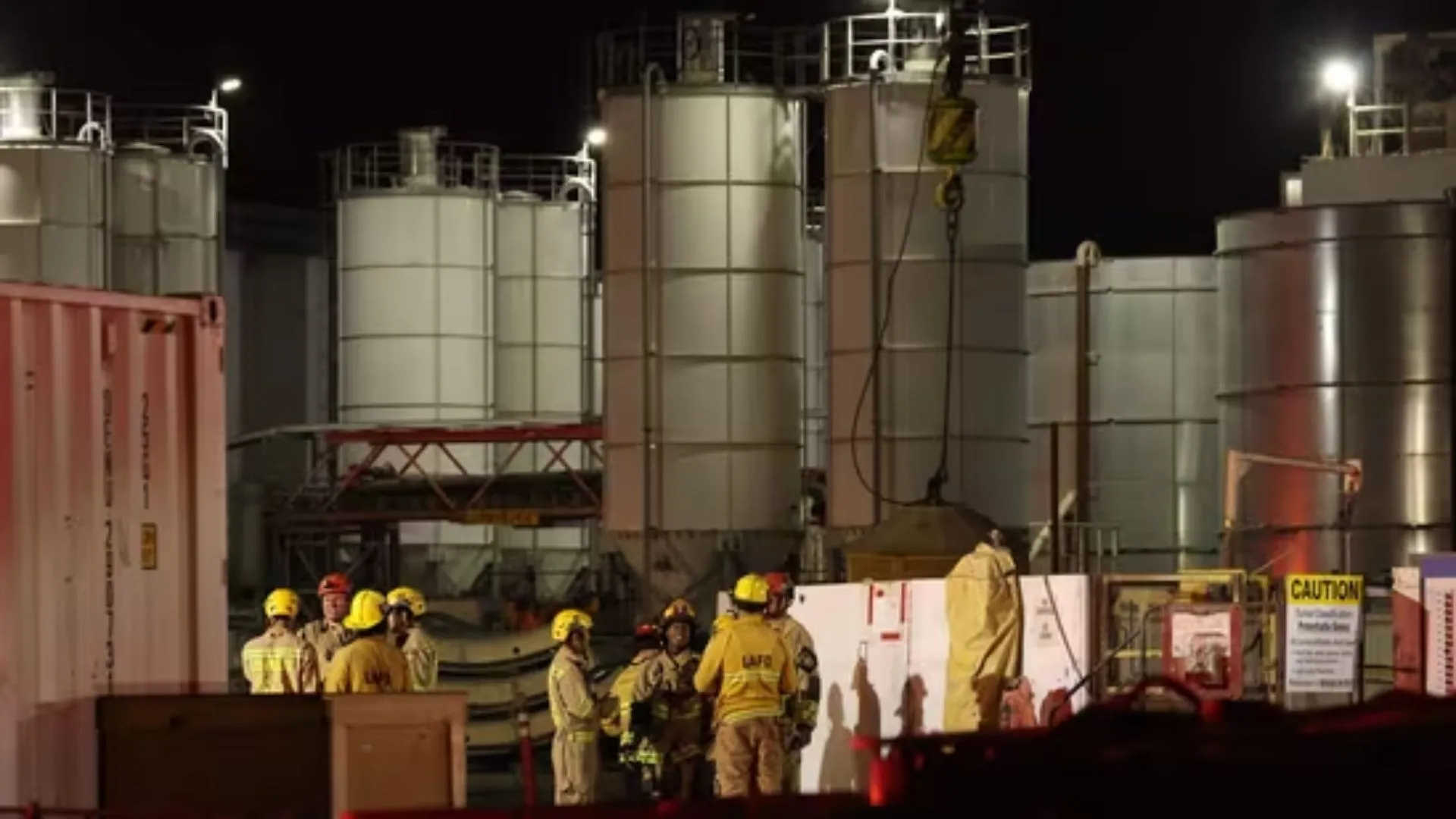The White House has released test footage of bunker-buster bombs to back President Donald Trump’s bold claim that Iran’s Fordo nuclear site was “obliterated” during a recent US airstrike. The move comes amid growing skepticism about the success of the mission.
“It Looked Like Daylight”: Inside the Strike
According to General Dan “Razin” Caine, who oversaw the operation, seven B-2 stealth bombers carried out the mission, each loaded with two high-precision bombs. The Pentagon targeted Fordo’s underground ventilation shafts, using advanced geological and structural modeling developed over more than a decade.
Twelve bombs struck Fordo, with six of them being deep-penetrating bunker-busters. Concrete slabs placed by Iran just before the strike were neutralized in sequence, and four bombs were dropped down central shafts to reach Iran’s enrichment chambers deep underground.
“Each crew was able to confirm detonation… It looked like daylight,” Caine said.
Trump’s “Obliterated” Claim Under Scrutiny
The release of the footage is seen as a response to criticism from defense analysts and the press. US Defense Secretary Pete Hegseth defended the mission, stating:
“Because of the hatred of this press… your people are trying to leak and spin that it wasn’t successful. It’s irresponsible.”
Pentagon releases test footage showing how bunker-busters work.@SecDef Hegseth: “Because of the hatred of this press… your people are trying to leak & spin that it wasn’t successful. It’s irresponsible.” Gen. “Razin” Caine, on the mission: “I have chills..talking about this.” pic.twitter.com/nS1q6ml7Ae
— The White House (@WhiteHouse) June 26, 2025
The Defense Intelligence Agency (DIA) confirmed “significant damage” at the Fordo, Natanz, and Isfahan sites, though stopped short of declaring them fully destroyed. The IAEA also reported “extensive damage,” but noted that assessments are still ongoing.
Questions Remain on Iran’s Preparedness
Satellite imagery taken days before the attack showed trucks and bulldozers near the Fordo site, prompting speculation that Iran may have tried to move or protect key assets. However, Hegseth denied any intelligence suggesting relocation of materials.
“I’m not aware of any intelligence that says things were moved,” Hegseth said.
How the Bombs Were Designed
Caine explained that the bombs were engineered to detonate only after reaching the underground enrichment halls, sending shockwaves through the tunnels to destroy sensitive equipment.
“We had so many PhDs working on the modeling that we were the biggest users of supercomputer hours in the U.S.,” he added.
What’s Next?
While the White House and Pentagon maintain that the strike was a tactical success, international experts caution against premature conclusions. The true extent of the damage—and its long-term impact on Iran’s nuclear program—remains to be fully verified.






















